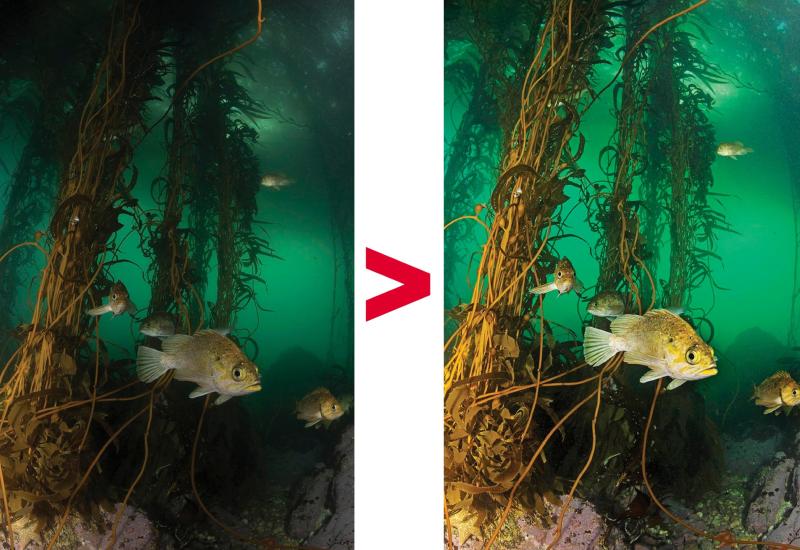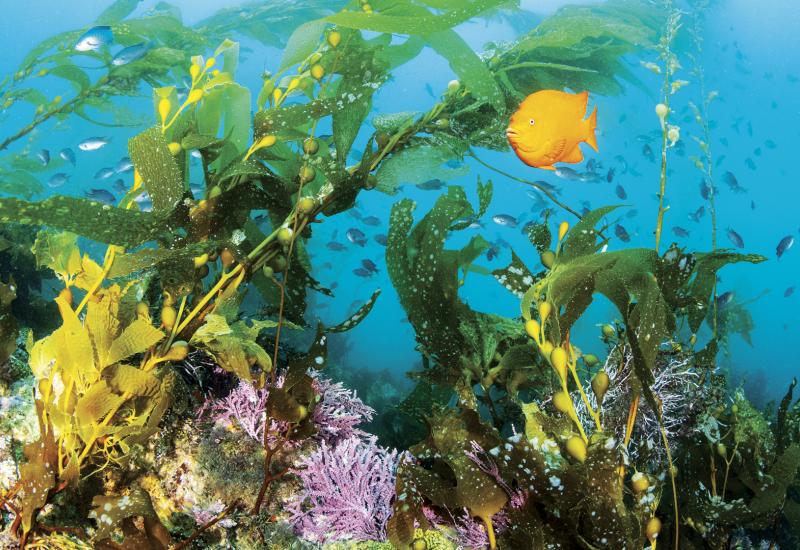Five Helpful Tips for New Underwater Photographers

Courtesy SeaLifeA point-and-shoot is a great place to start. Add the bells and whistles once you've developed a solid skillset.
Sooner or later, most divers start taking photos or shooting video underwater—here are pro tips to help you get started. Don’t say we didn’t warn you: Underwater shooting may be habit-forming.
1. Perfect your skills
To get the most from your camera and enjoy your new passion, you’ve got to dial in your diving skills. If you’re still adding and dumping air from your BC constantly, for example, you’re not ready to add a camera system.
Pro Tip: Take a neutral-buoyany class before trying underwater photography.
2. Start small
If you already own and shoot with a camera on land—either a point-and-shoot or DSLR—and you’re well-versed in using it, check to see whether an underwater housing is available for your camera. Otherwise, make your first underwater camera system a versatile point-and-shoot. As your confidence and diving skills grow, you can invest in a bigger or pro-level rig.
Pro Tip: There are buoyancy aids such as arm floats and port floats that can help in getting a larger rig neutrally buoyant.
3. Don’t scare the marine life
Best way to scatter the critters? Make a beeline for them. Instead, be a stalker. Take the time to evaluate your surroundings before setting up for a shot. Move slowly, and approach creatures calmly.
Pro Tip: Listen to the dive briefing; often, the dive guides know where to locate more-stationary critters, such as frogfish and seahorses.
4. Join the Club
Book a dive vacation with other underwater photographers, such as a liveaboard trip led by a photo pro or a land-based trip that features workshop sessions. Often, instructors spend at least a portion of each day working with guests one-on-one, topside and underwater. They help students set up shots, check composition, find subjects, pose for photos and learn postproduction techniques.
Pro Tip: Get close to your underwater subject. And then get even closer—within a few feet for a wide-angle shot, and a foot or less for macro.
5. Get the right stuff
Decide what you will be shooting and buy the camera system that’s best for that type of photography. While a midrange zoom lens might sound like a great one-lens solution, to get the best results, use a dedicated macro or wide-angle lens.
Pro Tip: Review your images often so you can learn from your mistakes.










